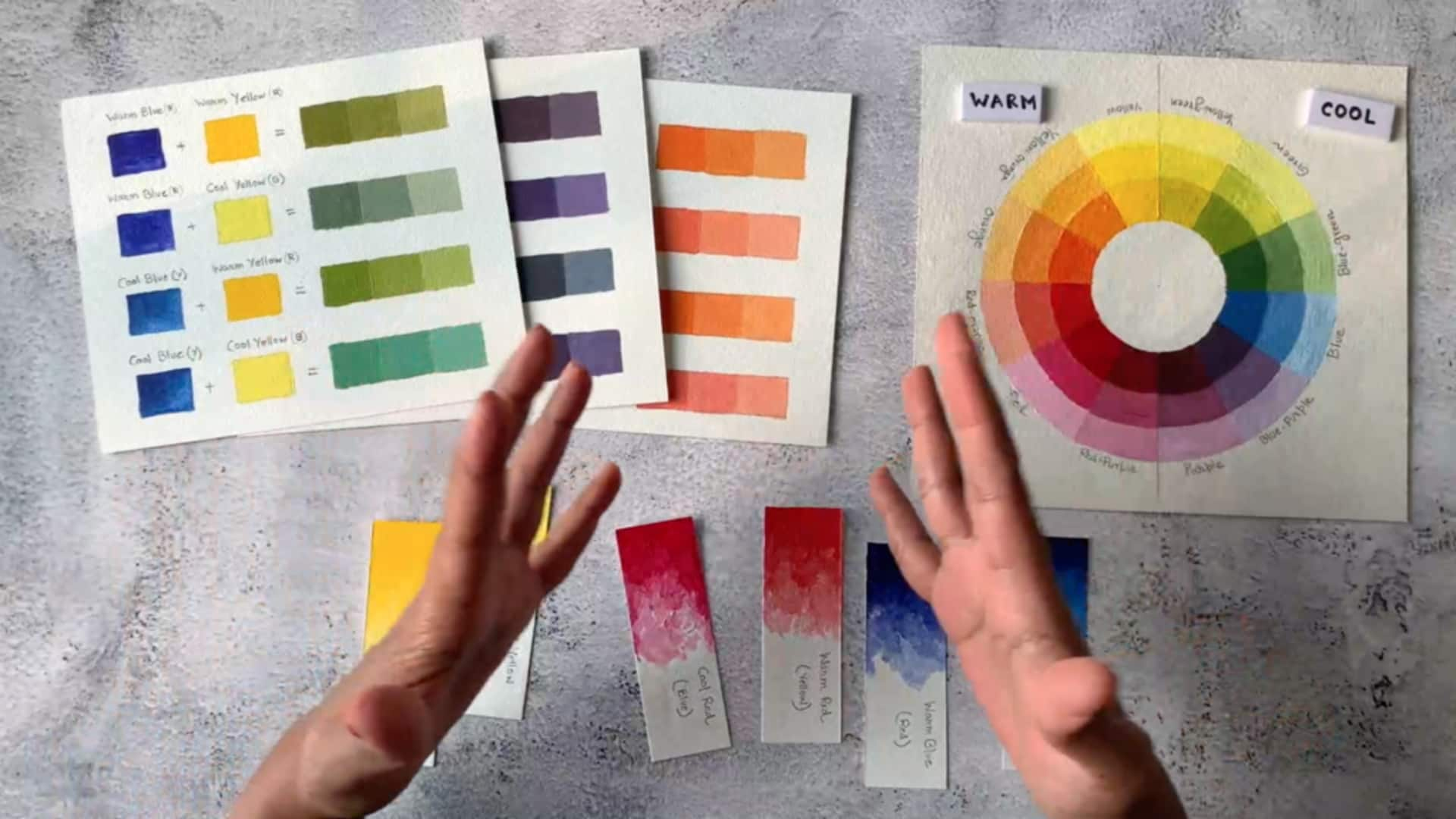
Boost your creativity with these 5 color theory exercises
What's the story
Color theory is one of the most essential aspects of art and design, but it can also do wonders for your creativity. Once you understand how colors work, you can make your art/design more compelling and harmonious. Working on color theory exercises not only hones your skills but also unlocks new doors to creative expression. Here are five practical ways to hone your creativity with color theory exercises.
Mixing colors
Experiment with color mixing
Experimenting with color mixing can help you discover new shades and tones. By blending together primary colors, you'll be able to create secondary and tertiary hues, expanding the palette available for your creative projects. This exercise also helps you understand the relationships between colors and how they influence each other when combined.
Color wheel creation
Create a color wheel
Creating a color wheel is a great practical exercise to visualize the complete spectrum of colors. The task is to place the primary, secondary, and tertiary colors in a circle. It helps you understand how complementary, analogous, and triadic color schemes can work with each other. These schemes are critical for crafting visually balanced and appealing compositions in any creative project.
Monochromatic practice
Practice monochromatic schemes
Working with monochromatic schemes means working with variations of a single hue, adjusting its saturation and brightness to explore depth and contrast within a limited palette. It helps you focus on composition and detail, without the distraction of multiple colors. It encourages you to push the boundaries of simplicity to create visually compelling work.
Complementary exploration
Explore complementary colors
Complementary colors, those directly opposite to each other on the color wheel, provide vibrant contrast and draw the viewer's attention. This exploration is important for artists and designers, as it reveals how contrasting hues can be used strategically in a design project to create visual interest. Once you know this, you can apply color effectively in compositions, making them more impactful and appealing.
Mood board development
Develop mood boards using colors
Developing mood boards with specific color themes can help you explore how various hues evoke emotions or set the tone for your projects. By choosing images or materials that match your chosen palettes, you'll get an idea of how your color choices affect overall aesthetics and storytelling in your creative work.